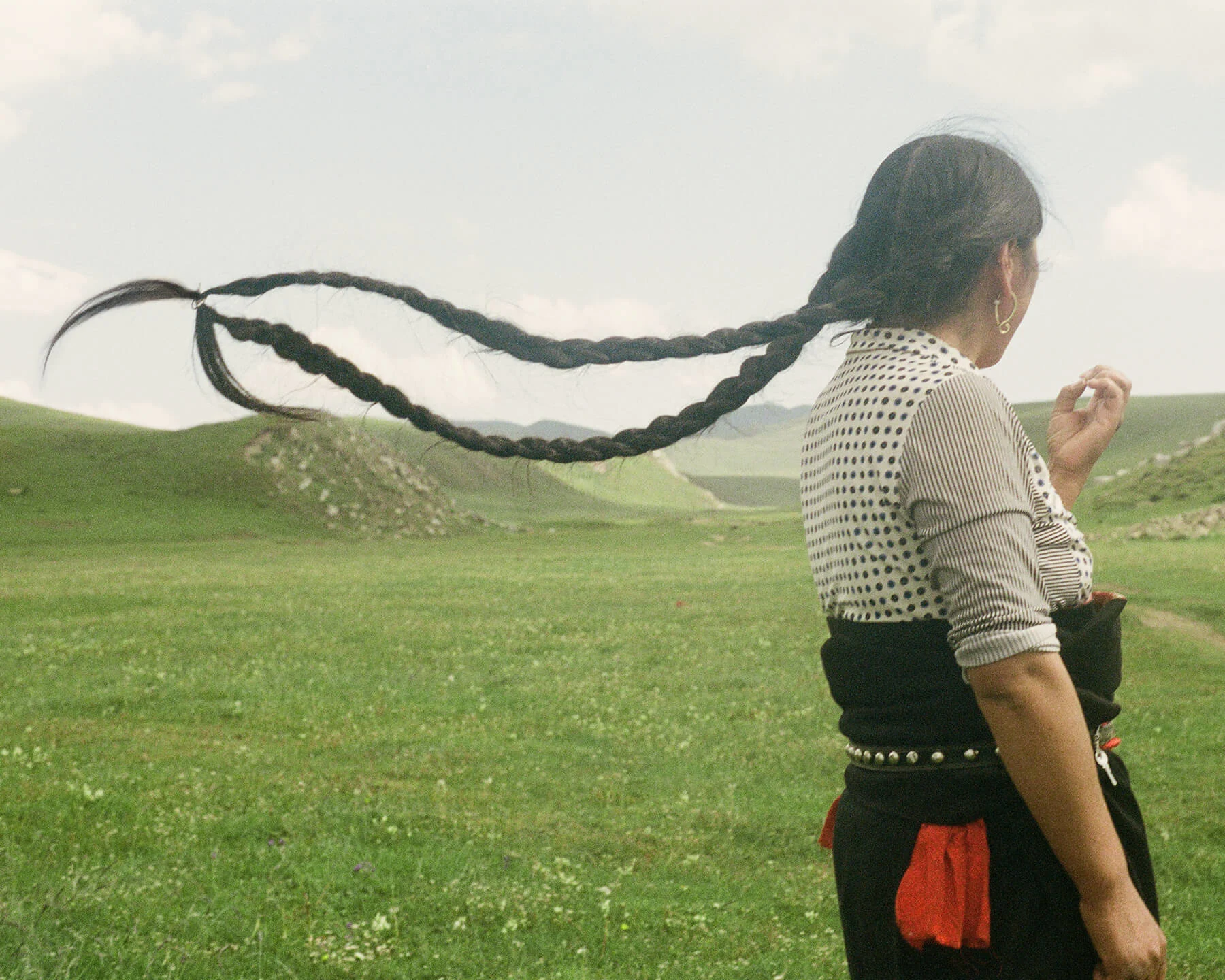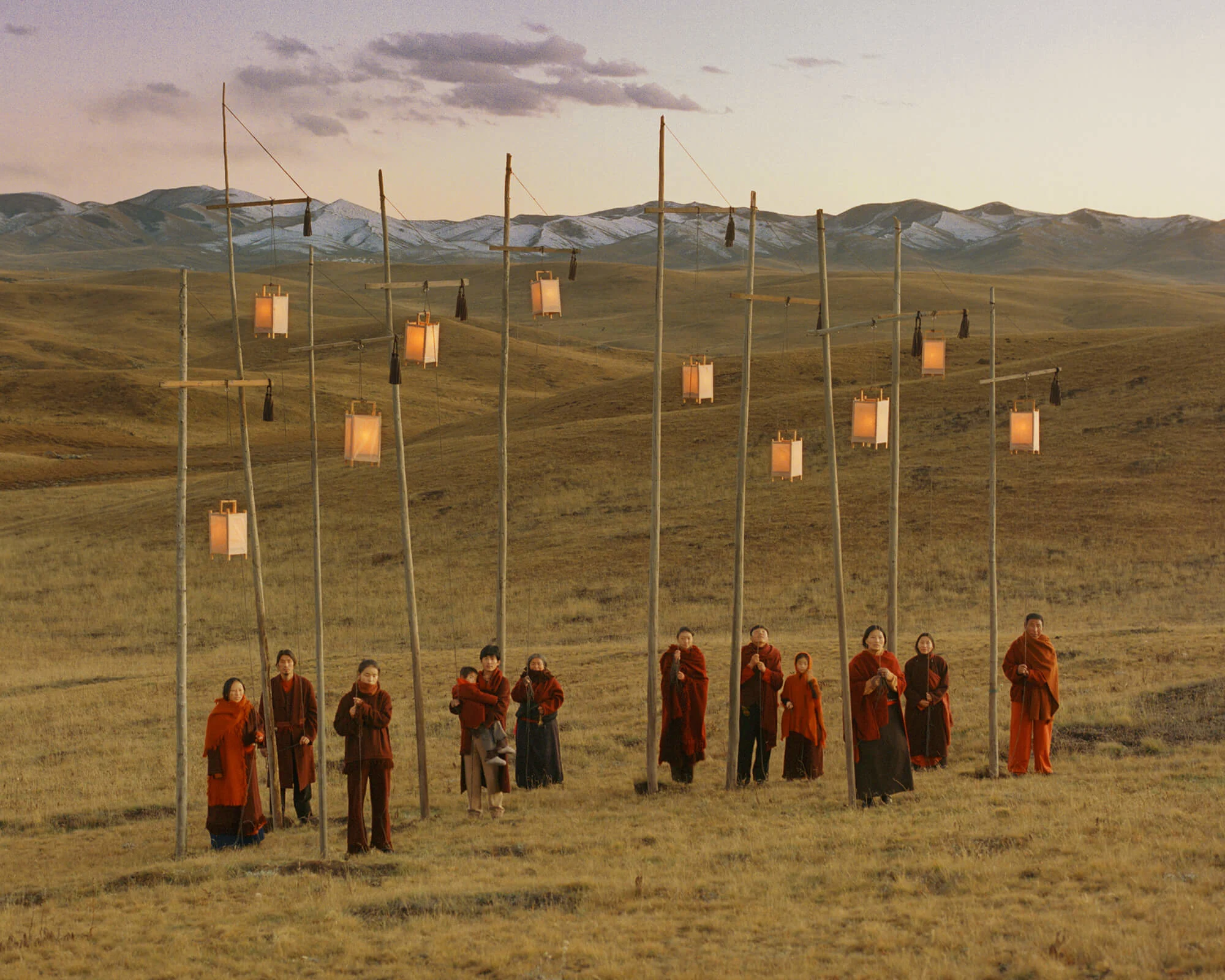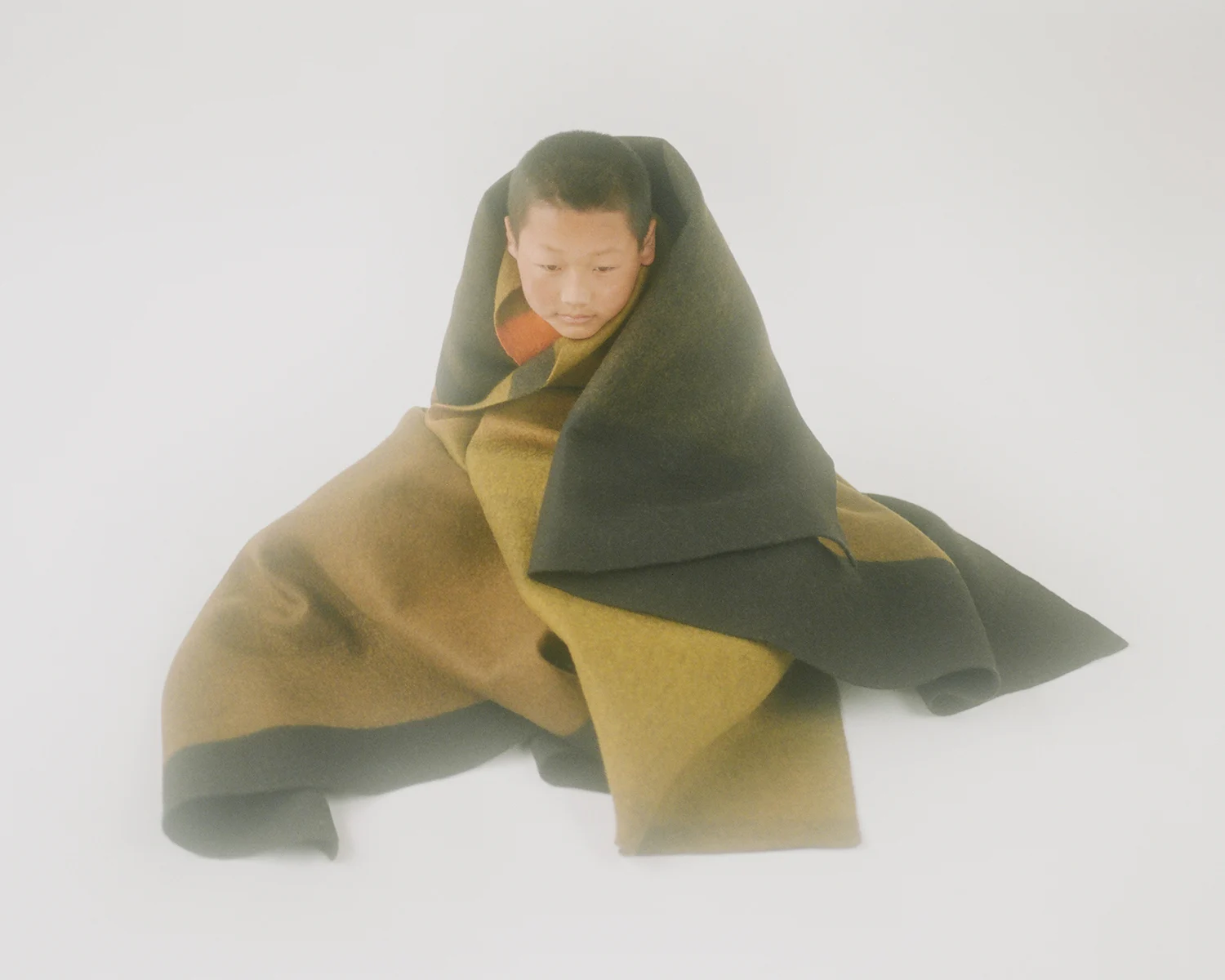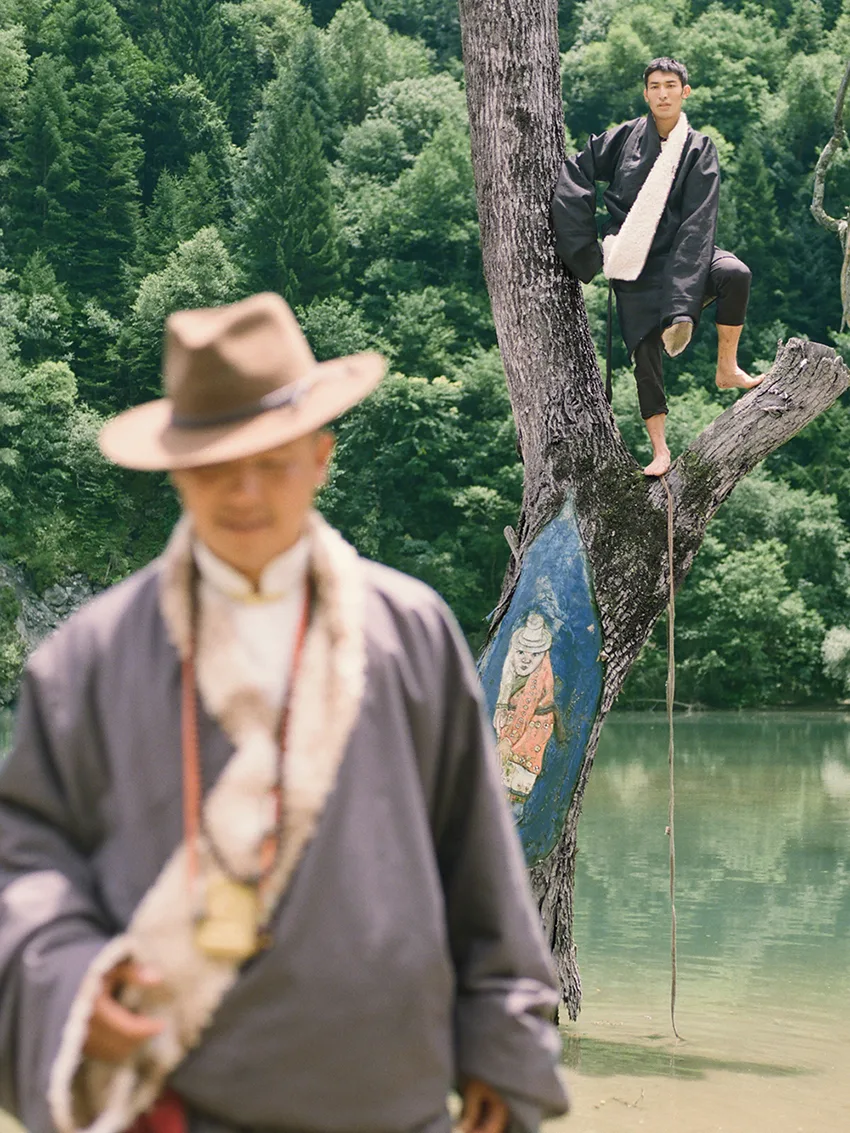

On the surface, “Dyal Thak” by Kin Coedel is a project about the everyday lives of Nomadic Tibetan communities who, for generations, have lived in harmony with the land. Upon closer look, the photographs unravel cues about our changing world, from the consequences of climate change to opportunities born from emerging economies. For Coedel, it’s also a body of work about the profound nature of human connection. Here, he tells Gem Fletcher about falling in love with Tibet—and its people—and how the best photographs are given, not created.
In Tibetan, Dyal Thak means “mutual ties” or “a common thread,” a sentiment that embodies Kin Coedel's experience living and collaborating with communities of Tibetan nomads. In 2021, the Chinese photographer went to document the farmers producing yak wool in Tibet for a client in Shanghai. Captivated by the people and place, he returned five times, living in different regions among close-knit communities, creating a tender portrait of traditional life.


On the Tibetan plateau, 3200 meters above sea level, nomadic communities have quietly lived in harmony with nature for centuries. In contrast to the chaos of contemporary life, they are tied to the seasons, carefully making use of every available resource. At the center of this traditional existence is the yak—an animal that provides clothes, shelter, food and economic opportunities. Farmers lovingly tend to their herd year-round, living alongside them as they migrate to and from grazing land. Unlike typical agricultural processes, every part of the yak is respected and used, from the milk to the hides. The nomads continue a sacred legacy of intuitive living following this simple rhythm.

Today, this harmonious way of life is beginning to change. As the climate continues to warm, the weather disrupts the agricultural cycle, affecting grazing and the farmers’ migration schedule. In addition, Yak wool has caught the attention of the global textile industry and is experiencing a boom, bringing new economic opportunities to the region. The challenge facing many Tibetans is protecting the traditional yak wool process and conserving their respectful way of living while building a sustainable future for generations.
“Tibetans have struggled with their economy, trying to catch up with the fast-growing pace of eastern China,” Coedel explains. “Once they realised Yak wool was something the rest of the world wanted, they began to industrialize the process, competing with other textile production like cashmere. These small communities now have the chance to develop this old handcraft into a luxury product.”
Growing up, Coedel's vision of Tibet was formed entirely by a western perspective, born from issues of National Geographic and photographers like Steve McCurry. With “Dyal Thak,” he wanted to try and decolonize the images of the east and instead make a body of work that celebrated ordinary daily life. “Photographing Tibet inherently has a political connotation throughout our history,” says Coedel. “That was something that I consciously avoided. I want the pictures, first and foremost, to be beautiful. I'm interested in photographing East Asian culture, where my family are from, and a place I have a deep connection to, in the same way I would photograph any culture.”
By its very nature, the power dynamic of photography separates image makers from their subjects. Still, Coedel was intent on finding a way to make picture-making a collective endeavor. “At first, the photos were more documentary, and as we got to know each other, and they trusted me, the pictures became a collaborative back and forth. I'm fascinated by the line between an image being staged or captured. Working with people who trust you and will chase an idea with you is so fun - we made this project together.”

While Coedel traveled across Tibet, most of Dyal Thak was shot in Ritoma Village in collaboration with a women-led community, many of them generational weavers, yarn-spinners, and wool felters. Coedel spent time watching them work, sharing meals and living in the neighborhood before making any photographs. He describes the creative process as “organic,” surrendering to the pace of life and leaning into the distinct characteristics of the local environment.
“Photography is a unique medium because it depends on many factors to make a strong image,” says Coedel. “The collaborator's willingness is important—if they don't want to let go of their fear, you will never get the moment. Above all else, I think a beautiful image is rarely created; it’s given by mother nature.”


In Dyal Thak, Coedel’s photographs constellate the beauty of the landscape, his kinship with the community and the timeless rituals embodied in their shared history. It’s a project about transition and the pleasure of living. Ironically, Coedel never set out to become a photographer; he found a twelve-dollar film camera in a flea market in Seattle while on a road trip with friends, and the rest is history. “I took a job from a client and ended up in Tibet, making the first body of work I'm truly proud of. Life takes you to unexpected places, and you never know where you might end up.”


